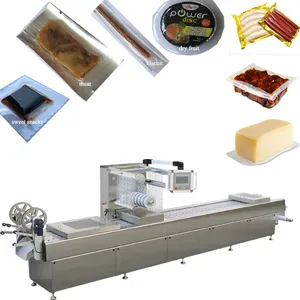Giới thiệu về máy xúc xích khí nén
Alibaba.com cung cấp các sản phẩm 35 máy xúc xích khí nén. Có rất nhiều máy xúc xích khí nén lựa chọn dành cho bạn, chẳng hạn như nhà hàng, thực phẩm cửa hàng, và nhà sử dụng. Bạn cũng có thể chọn từ philippines, việt nam, và pakistan máy xúc xích khí nén. Cũng như từ động cơ, mang, và bánh răng máy xúc xích khí nén.Và bất kể máy xúc xích khí nén là xúc xích, thịt, hay nhồi điền.














